Diehard Leica aficionados are well aware of the Leica 250 Reporter, today a much sought-after screw-mount model that reminds us of the days when the rangefinder camera was the standard tool for photojournalists. As the model name indicates, this classic camera with its monster jowls was capable of capturing up to 250 images without changing film: Ideal for the busy 1930s reporter-about-town.
Leica became even more dominant in reportage after the introduction of the M3 bin 1954 and even more with the M2 four years later. This was the model which introduced 35mm framelines to the viewfinder, offering a real improvement for users of this classic reportage focal length.
Today, the big white telephotos or the L-range Canon lenses with their characteristic red rings dominate the scene. The pictures of a crowd of photographers, every one armed with one or even several rangefinders, are long gone. But the Leica reporter has not entirely died out yet: I am one of them.
Return on investment
It was photography that drew me to the local newsroom of our regional newspaper, Südkurier, when I was, rather reluctantly, preparing for my Abitur (A-levels). I had bought a second-hand Olympus OM-1 with the first money I earned myself, I had learned all the relevant darkroom work, and I wanted to see some return on my investment – and I wanted to be where the action is (by small-town standards, of course).
In the following years, I decided to focus more on writing, but a quirk of operation in many regional or local German papers newsrooms helped to preserve the link with photojournalism. Many reporters do both – text and picture — unlike convention in other countries, including Britain.
Authentic story
In the best case, the two jobs combine to create a seamless and authentic story. In the not-so-good-case, neither the story nor the visuals are really convincing. However – after some years of big-city-journalism in Berlin — I returned to Lake Constance, where I had started my modest journalistic career. I changed from the politics section back into to local department because I thought (and still firmly believe) that the eyewitness experience is the most precious privilege a journalist can have.
So it turned out that I went reporting again. For some assignments, I took a freelance photographer with me (staff photographers are not so common in the German newspaper business). In some other opportunities, I took the photos myself.
And every now and then I just happened to be at the right place at the right time. I was the only person with a camera present; or the only person with a press ID and thus less prone to be driven away by the police; or just personally known to the people in charge. I used mainly Olympus gear (the old connection with the brand), and my OM-D E-M1 still sees some use, especially when I need extreme angles or sophisticated flash technology.
Leica takeover
However, Leica slowly took over. At one point, I remembered a Leica M6 in my drawer I had bought many years before from an old colleague. I found a reasonably affordable M246 Monochrom, and I was lost to the red dot in my private photography. For work (we can use either the company’s cameras, mainly APS-C Canon SLRs that go through many hands, or bring our own gear), black-and-white only was useless. To put it briefly, I found a well-used but otherwise great M262 und put it to work.
Over the years, a used SL and some lenses completed the gear, but it’s still the rangefinder I like most for many journalistic tasks. Camera and lens are so unobtrusive that people hardly notice that they are being photographed. And, since we mostly work with people who are unused to being pictured for real publishing (as opposed to social media), this is a big advantage. Another is the portability of the gear.
Mobility
In our small-to-medium-sized communities and towns, we often use the bike to get to the scene of action. A small Billingham or other messenger bag is ideal for this kind of mobility. While it might be impressive when you show up somewhere with a huge LowePro bag or rucksack, it will certainly not help you to build trust between you and the folk you are reporting about.
So, my standard setup is now the still much-loved M262 with 35 and 75 Summarits. The f/2.4 aperture allows conscious work with depth of field yet, at the same time, it is not too tricky for focusing. The 75 sees less use but delivers stunning portraits. Sometimes, I also take a 28/50 setup, but for 28 I now prefer the Q which I can borrow when I think it might be useful. Of course, with the M262, I sometimes miss the 24 or 21 for more dramatic perspectives.
Summarits suit
Live view on the rear monitor never convinced me (I need to have the camera right on the eye instead of shaking it on the outstretched arm and looking like a rank amateur), let alone the M240/246 EVF. By the way, I like the drawing of the 35 Summarit better than that of the 35 Summicron, and the 75 Summarit is more than good enough for this kind of work, too.
When size and weight do not matter, I love using the SL, but with both 24-90 and 90-280 it is quite heavy to carry and seems to be a bit intimidating to many people. Still, in one instance at least, the big camera really helped me when I had to shoot a press conference of people who wanted to build a super-luxury hotel on Lake Constance (…”this is the first time I’ve been photographed with a Leica”). In contrast, the use of the M is sometimes seen with a mix of pity (“is this a digital camera?”) and admiration, but people tend to trust in your craftsmanship when you unpack what appears to be an old-fashioned camera.
The future
With the emergence of ever-better smartphone cameras, it remains to be seen which route photojournalism will take both in terms of technology and creativity. Yet I am sure that there will always be audiences who are willing and able to pay for real journalistic work.
Visuals dramatically gain importance in a market when you have to convince your reader within fractions of a second on a miniature smartphone screen. But I think it is not sure whether the seemingly real-time smartphone photos or the carefully shot pictures out of dedicated, professional cameras will serve this purpose better in the local business.
Personally, I will work on with my Leicas within the framework of my recent job which is more on the management side. I feel privileged to still do reporter’s work quite regularly and to create visuals for both our online publications and our printed newspaper. I am sure that the SL will see even more use once I have purchased one of the new, more affordable super-wide-angle lenses for L mount.
The M6 sees some use again with black and white films as does my OM-1. I still possess and love this camera which in my opinion also has an iconic character. In a way, it reminds me of the fact that photojournalism is at least as much about emotions as about gear.
About the author
Jörg-Peter Rau grew up in Friedrichshafen on Lake Constance in southern Germany and was trained as a journalist at the local daily newspaper, SÜDKURIER. Later, he studied geography, art history and English in Glasgow and Berlin, where he wrote for the “Tagesspiegel”. He returned to SÜDKURIER in 2003 and worked initially in the political editorial department before taking over as head of the local editorial department in Konstanz in 2007. In 2011, he joined the management, and in October 2018 he was appointed vice editor-in-chief. He is still working as a reporter occasionally and specialises in digital storytelling — a field where SÜDKURIER is one of the pioneers among the German regional newspapers.
- See more articles by Jörg-Peter Rau in Macfilos
- Articles by the author in Südkurier
- Read about Don Morley’s experiences as a Leica photo reporter in the 1950s
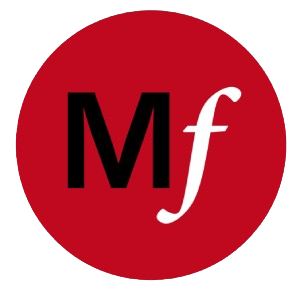

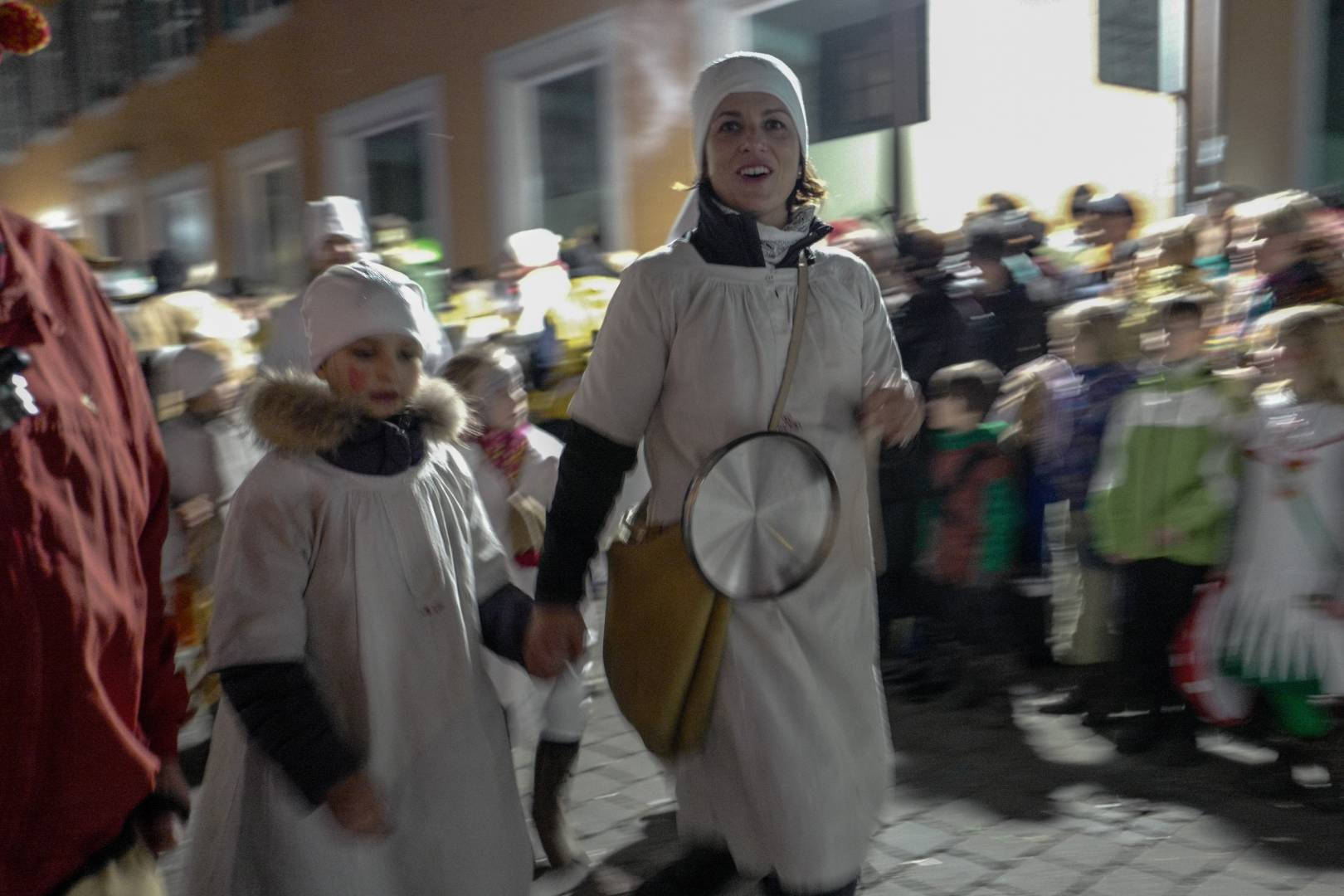
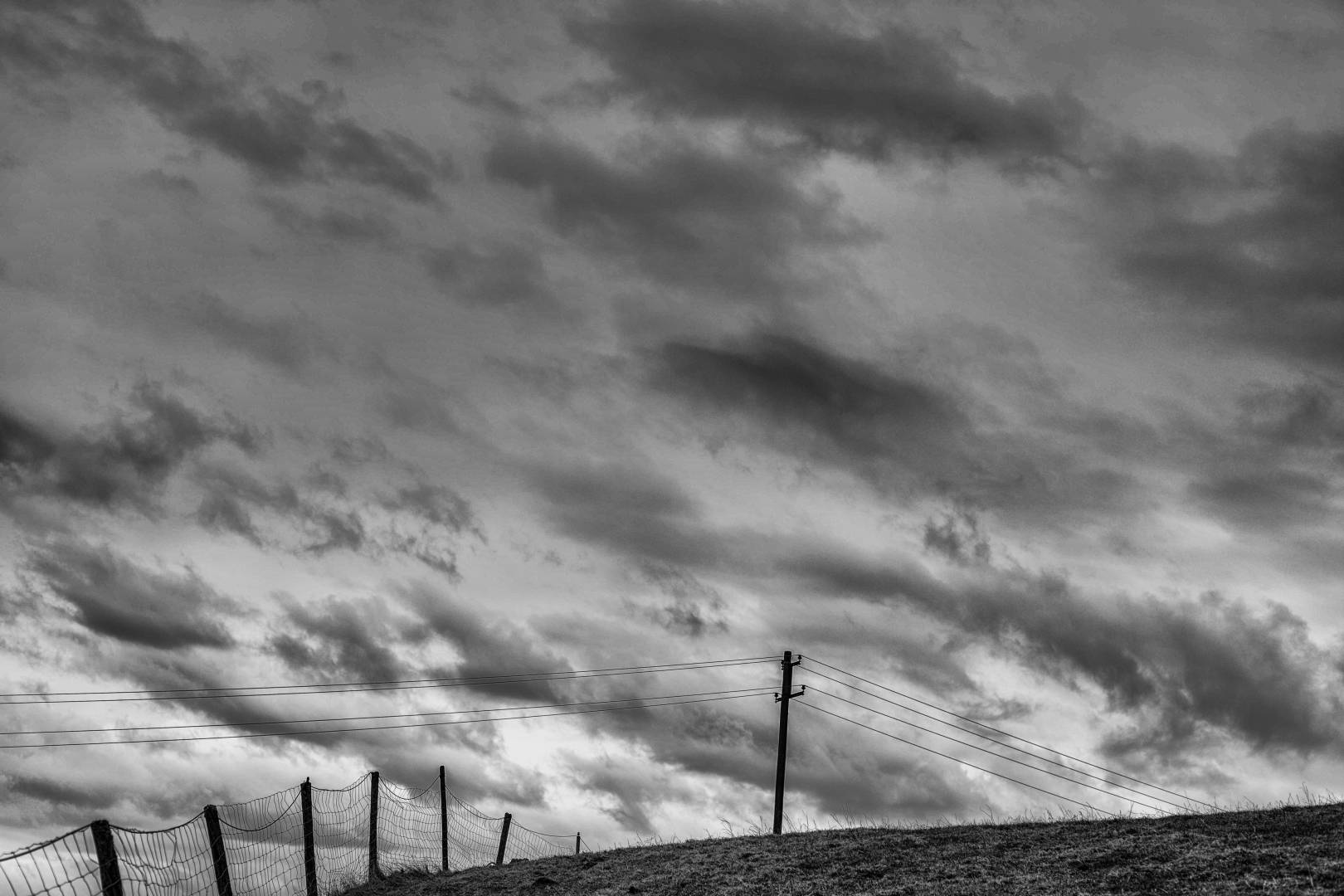
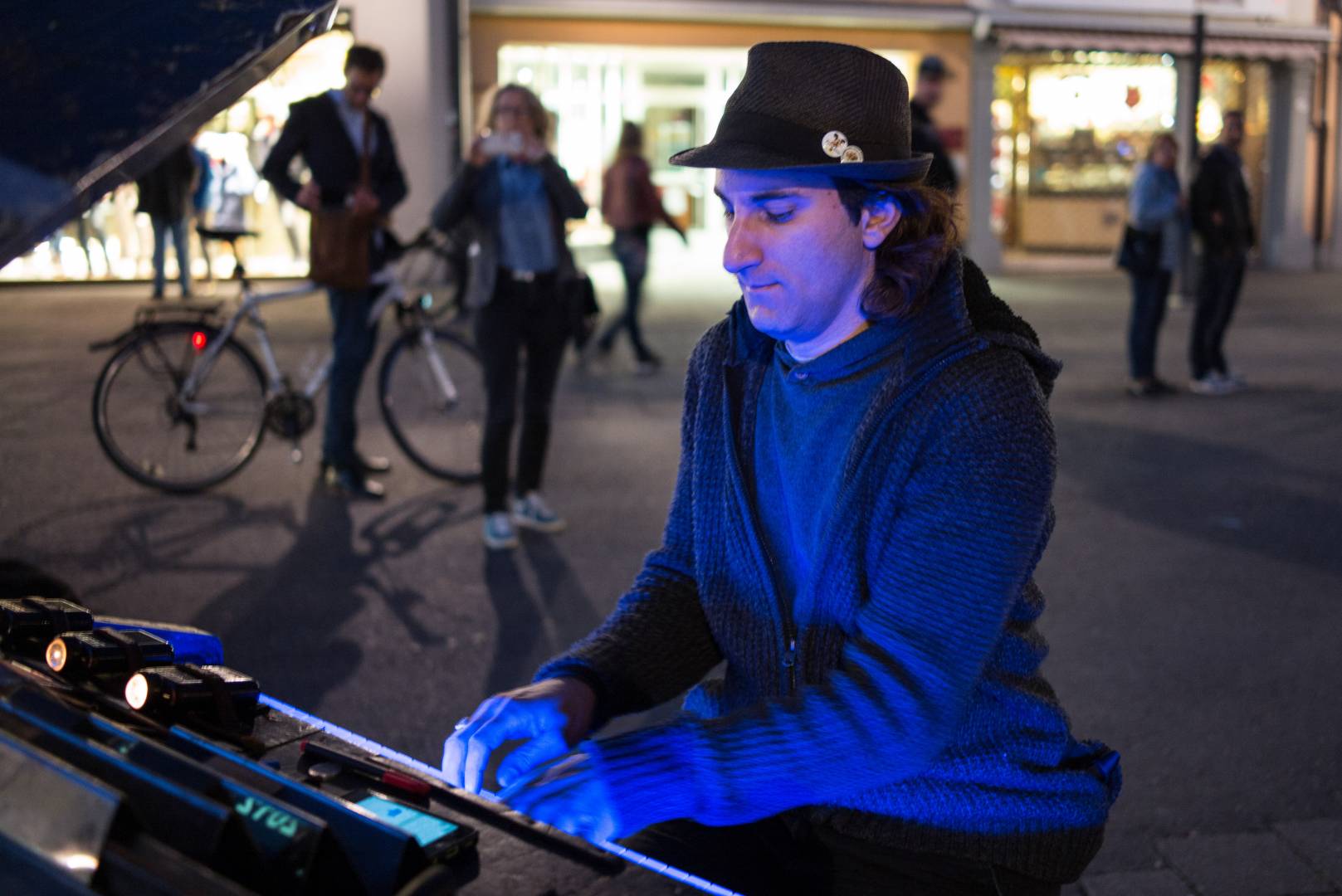
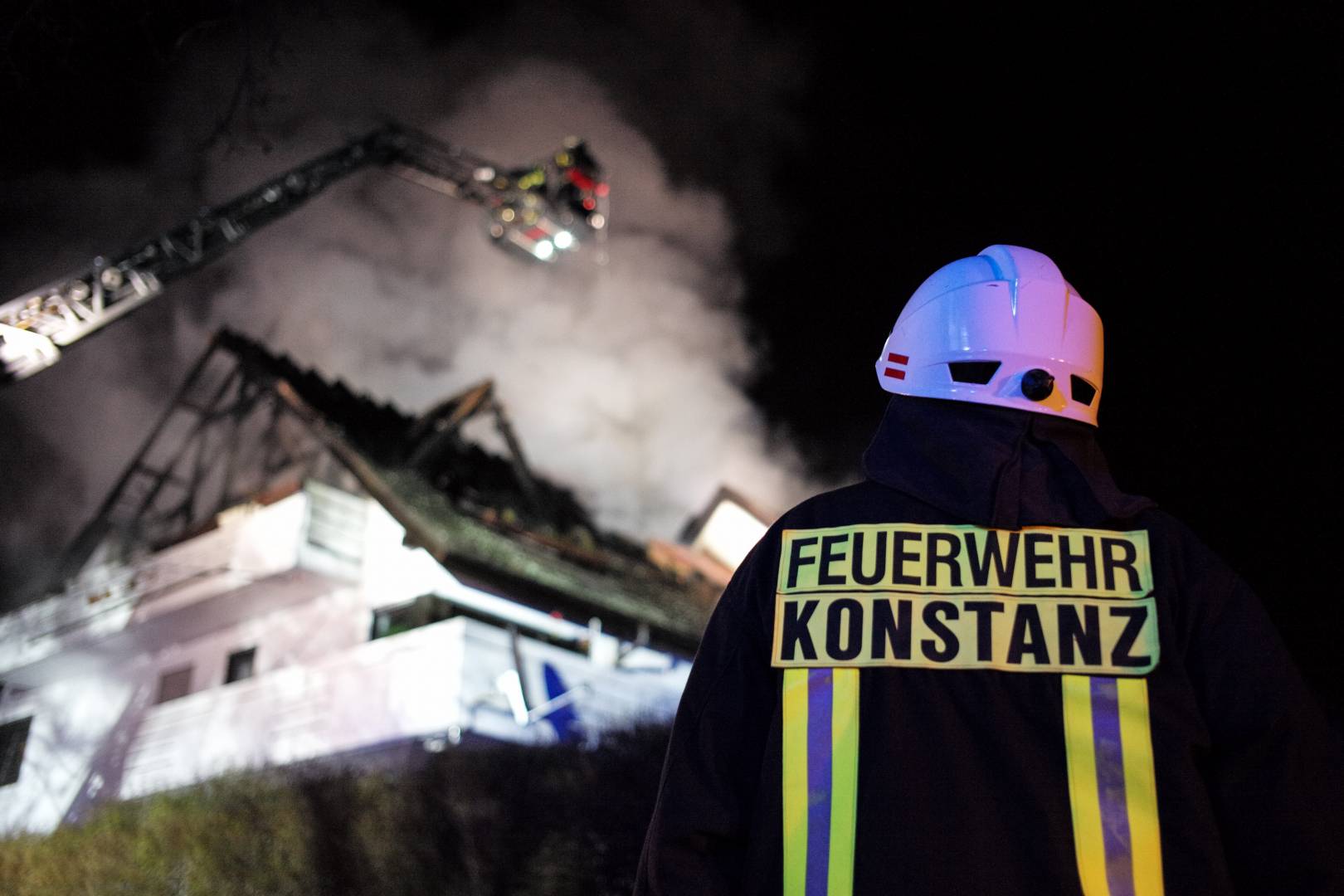
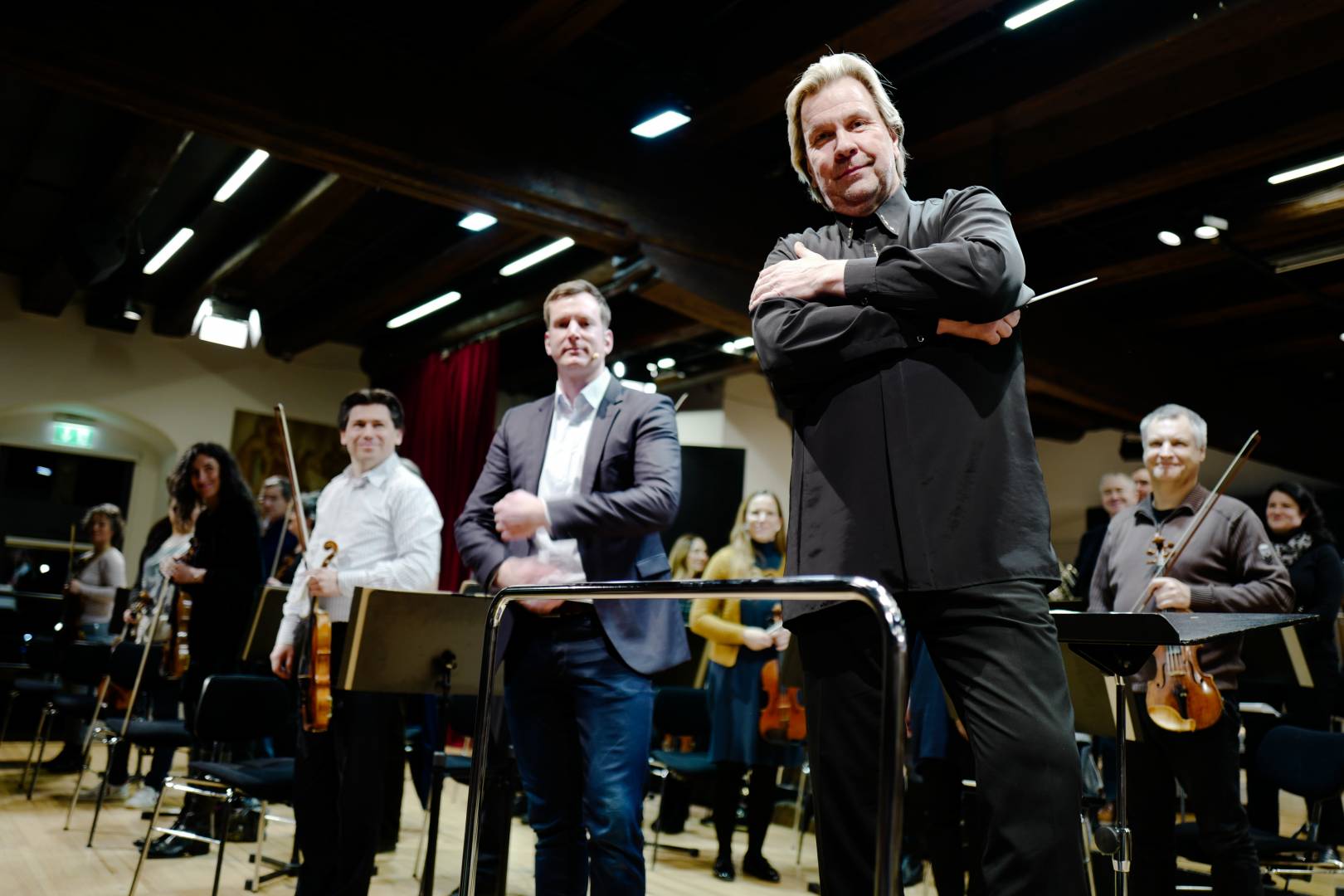
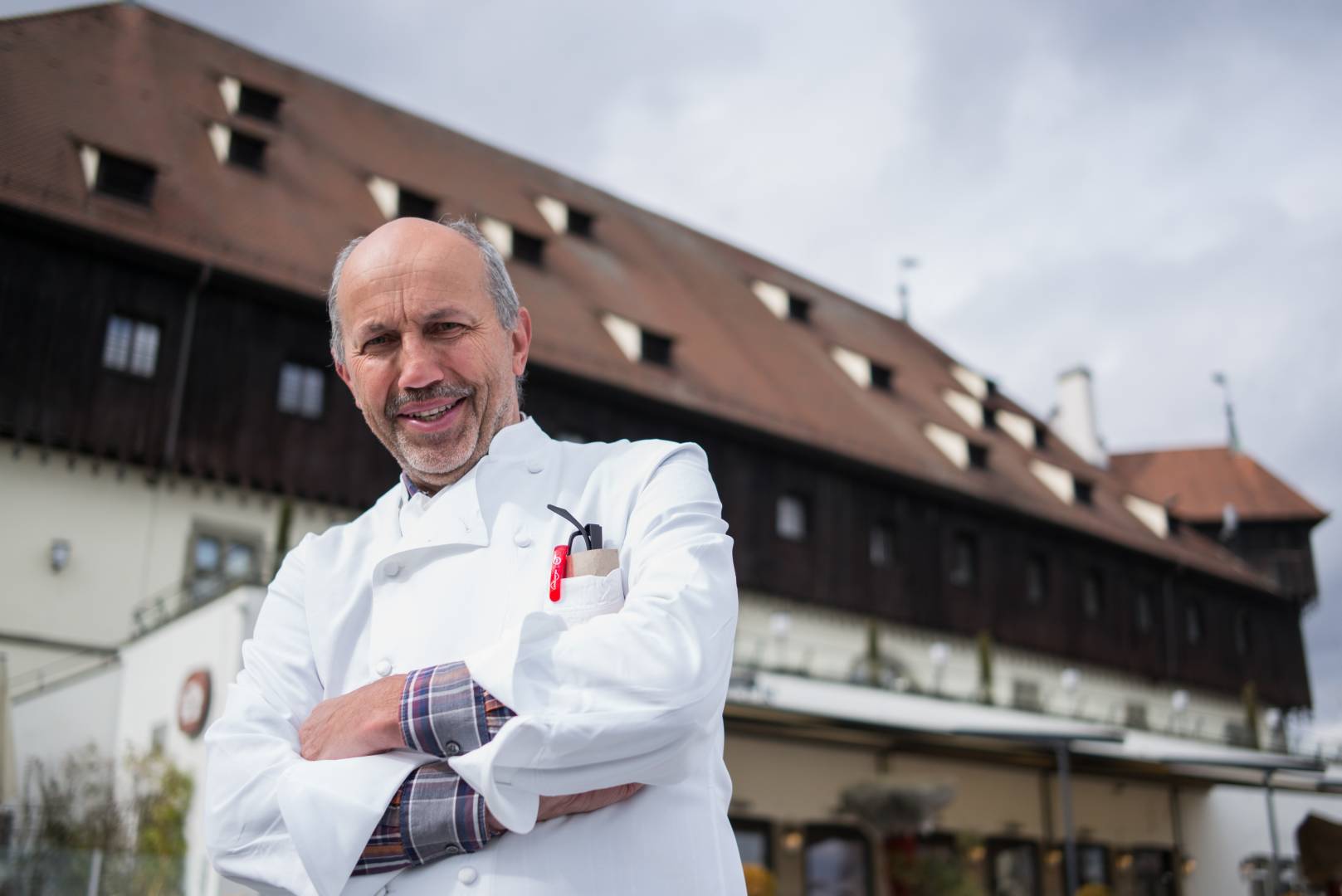
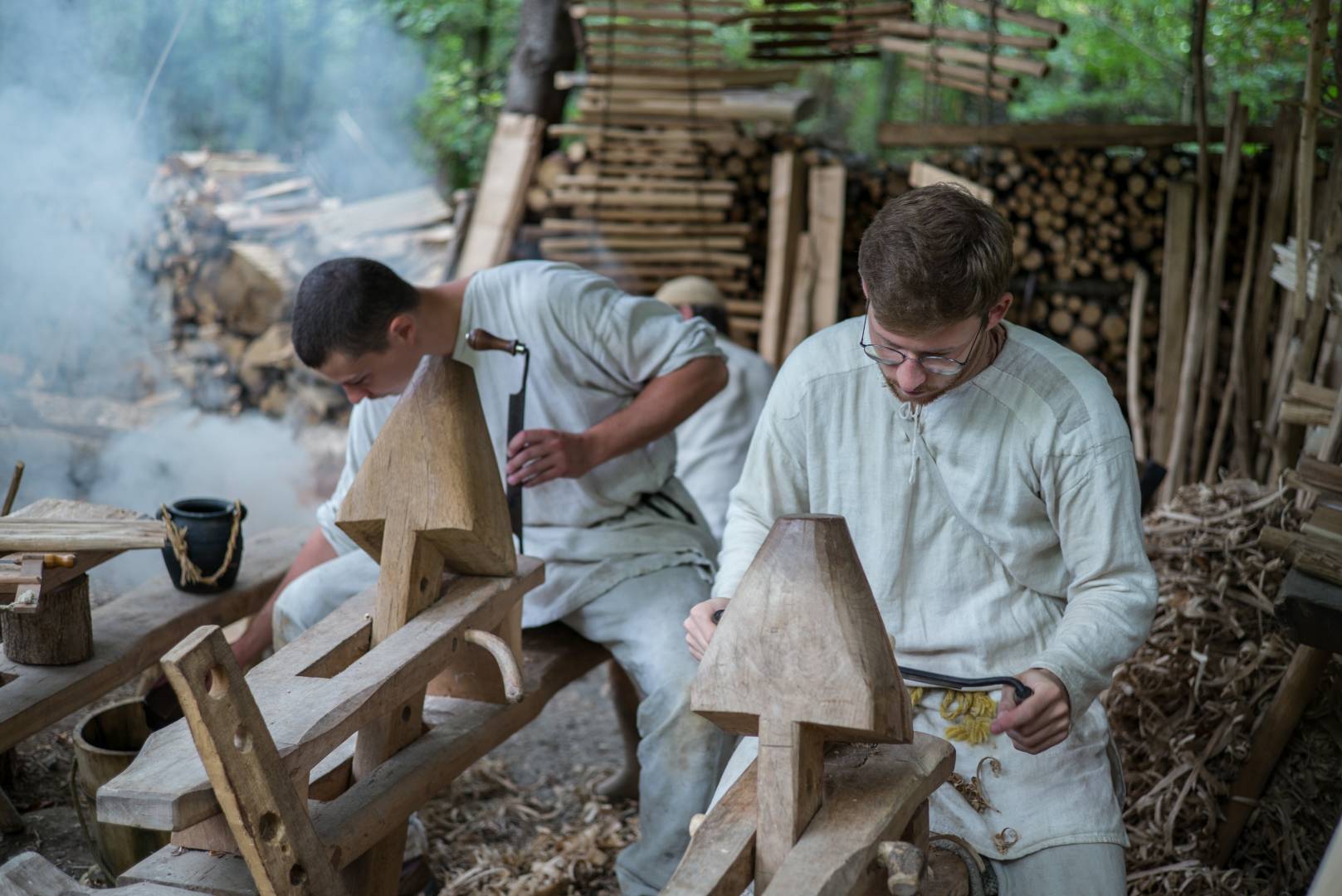
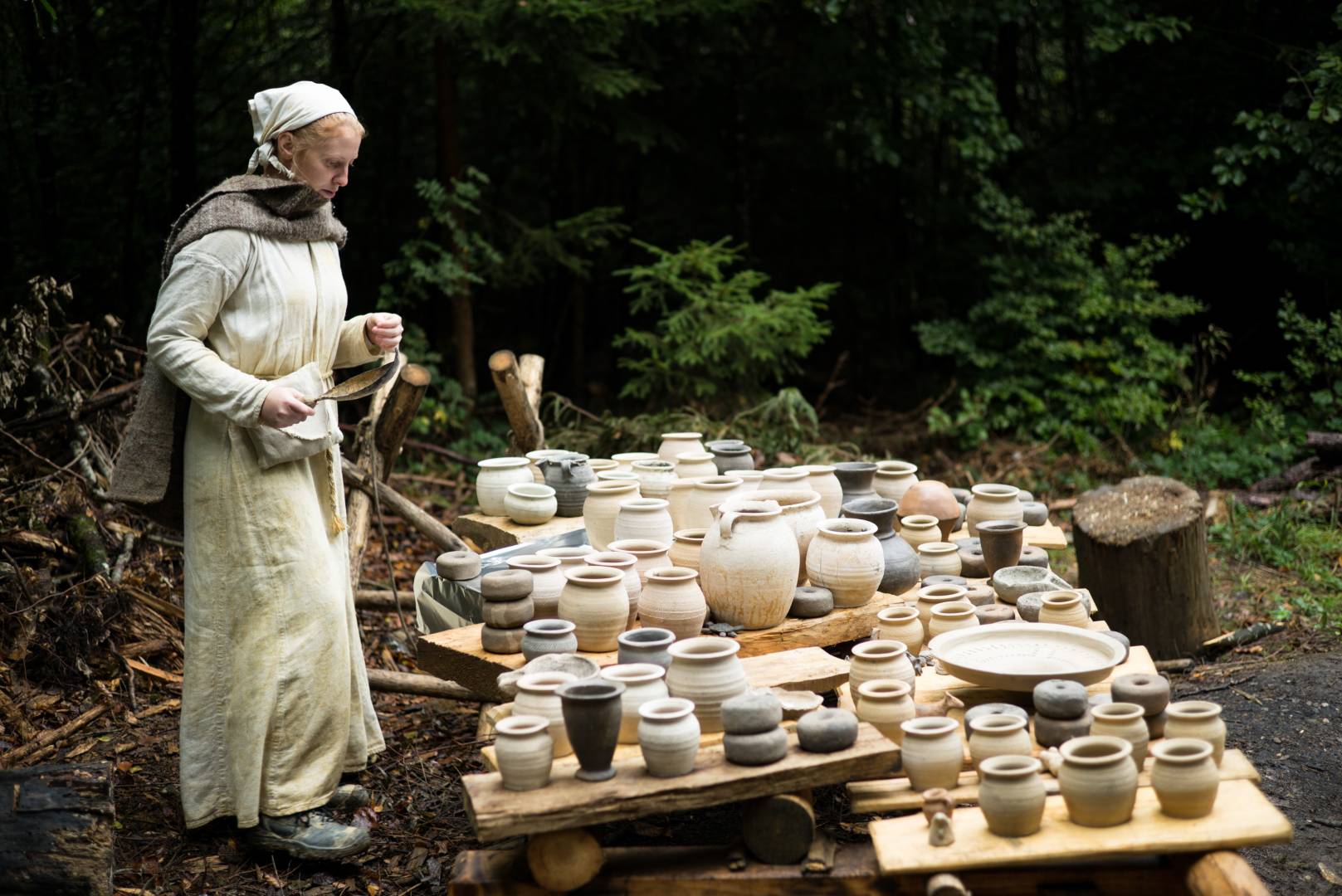
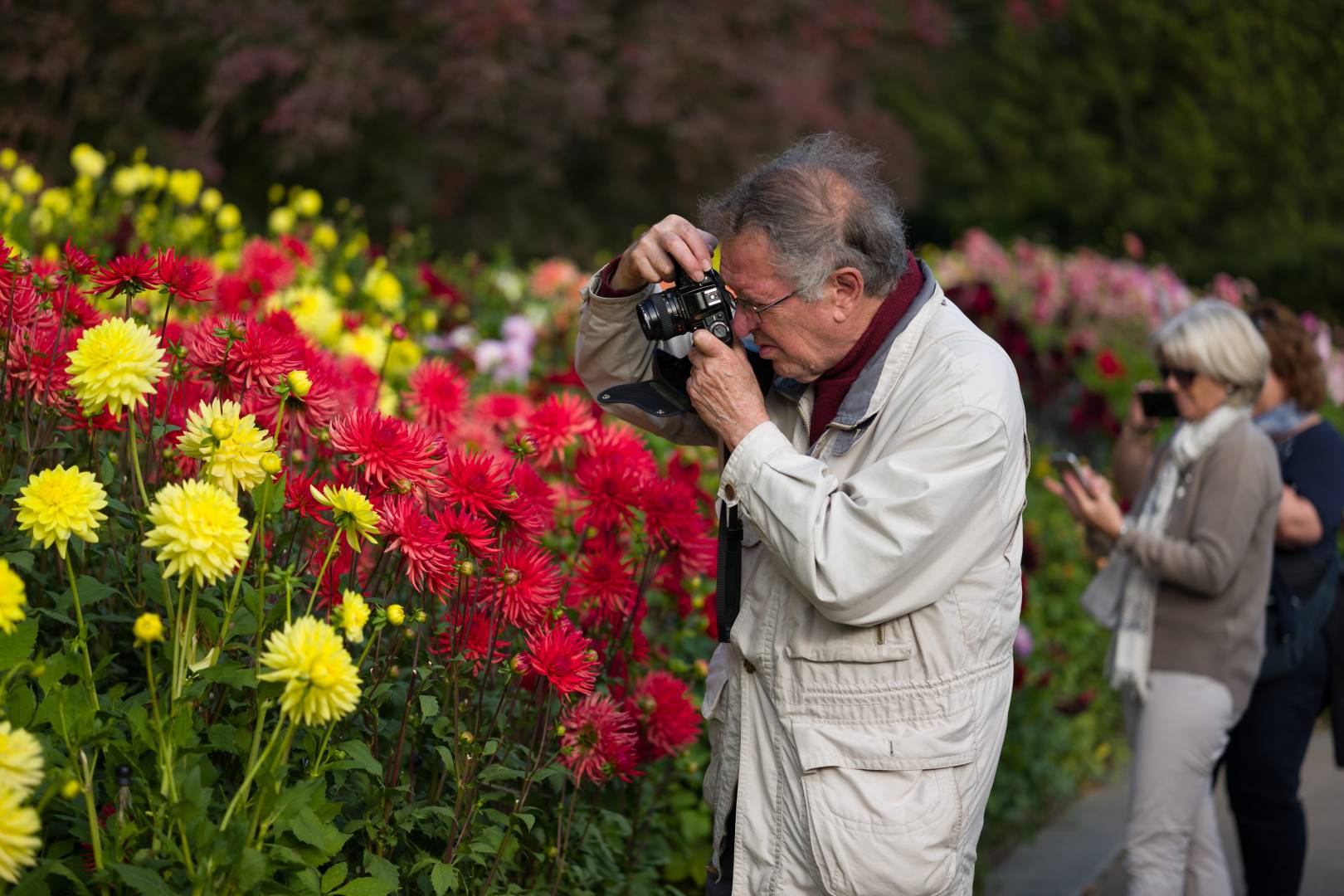
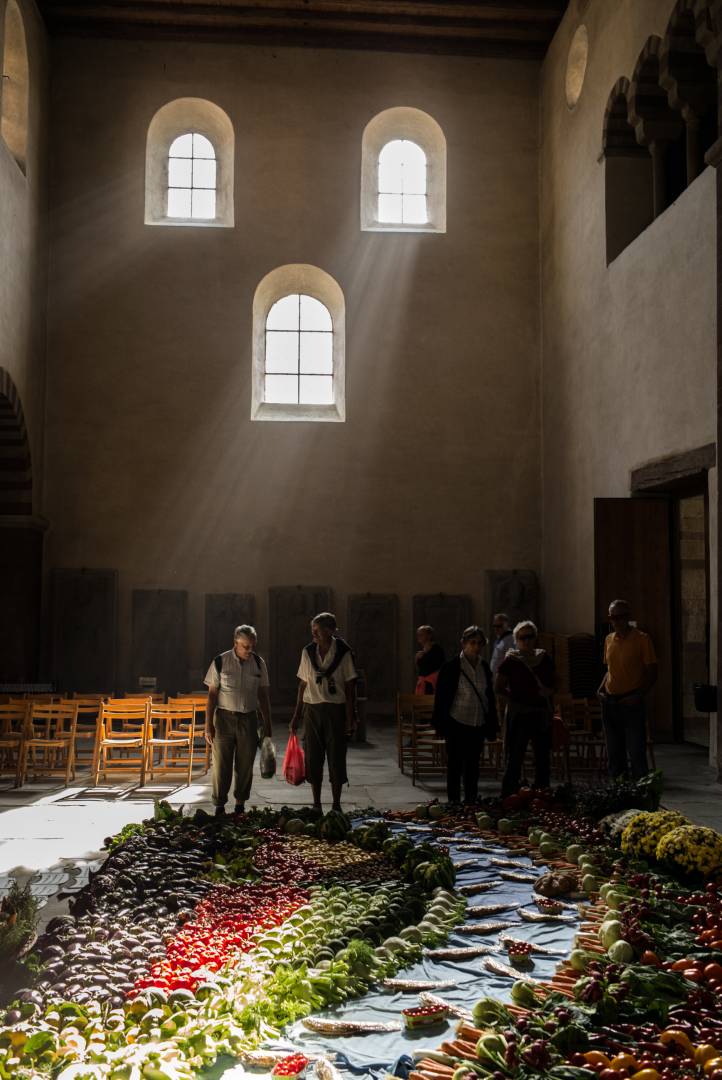
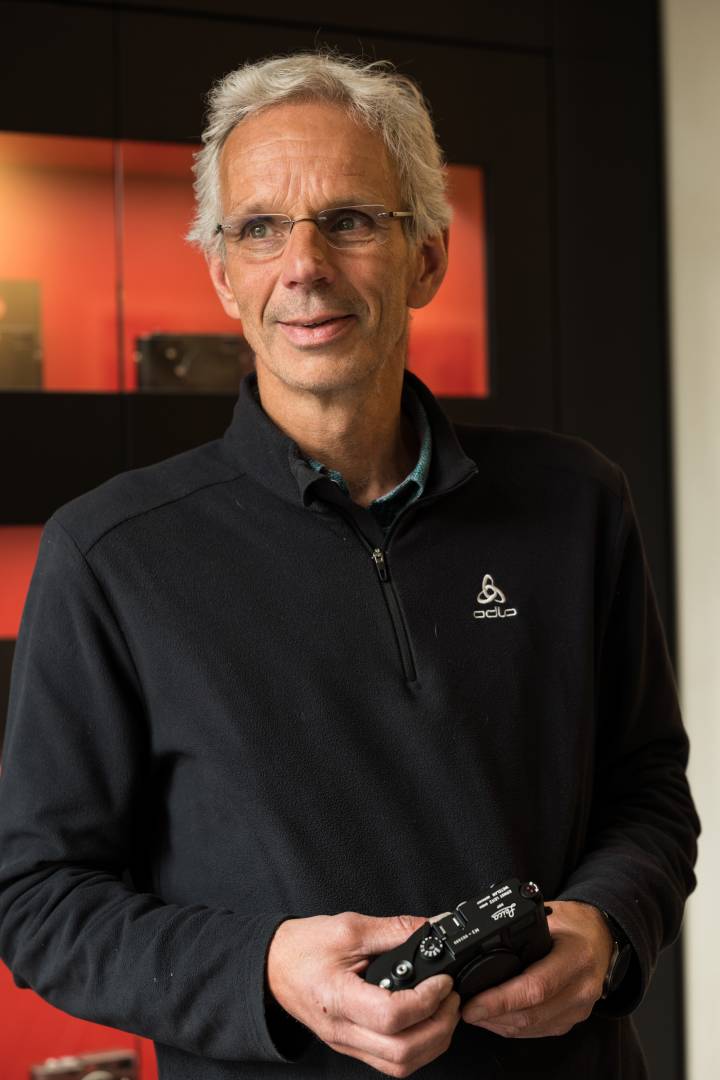
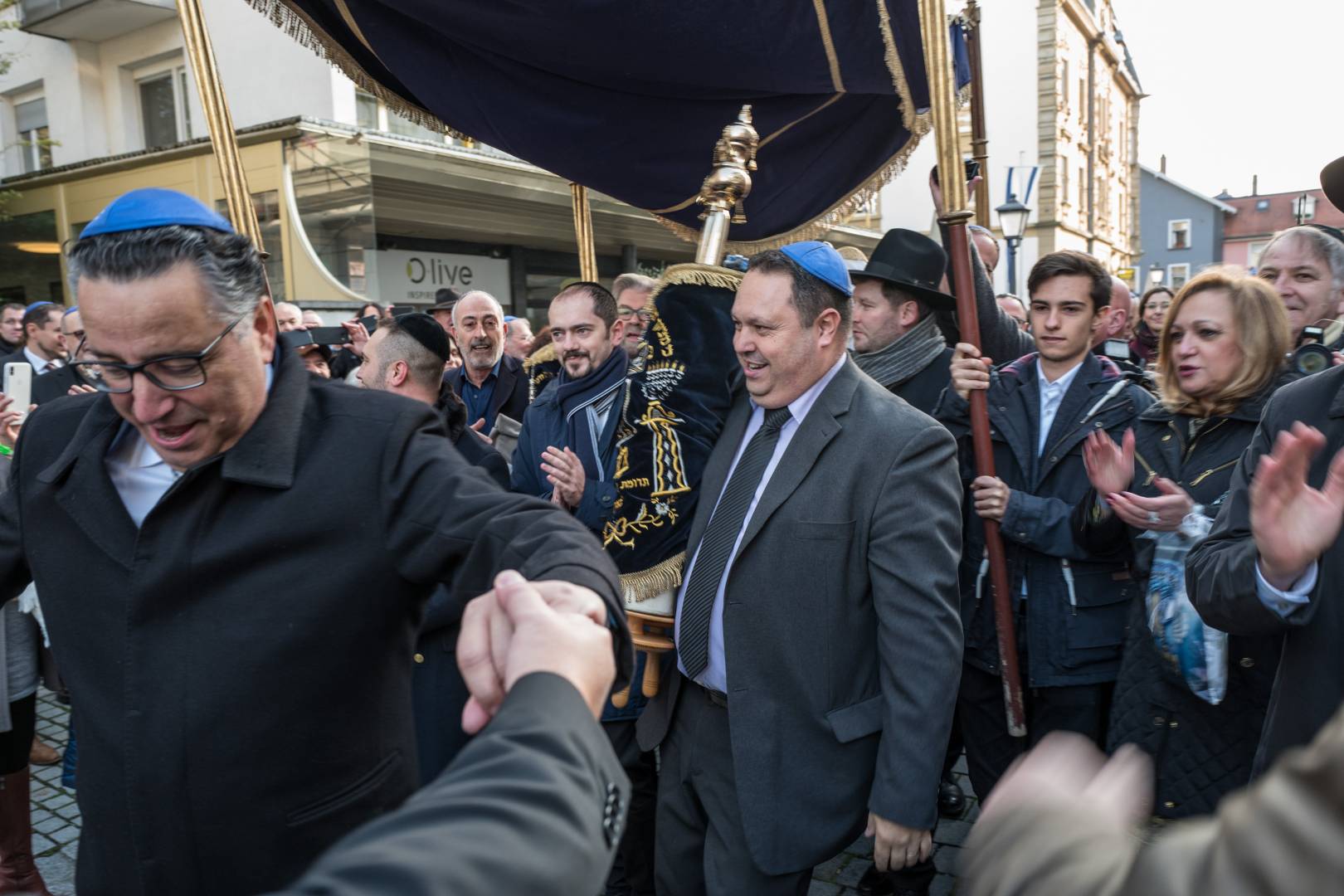
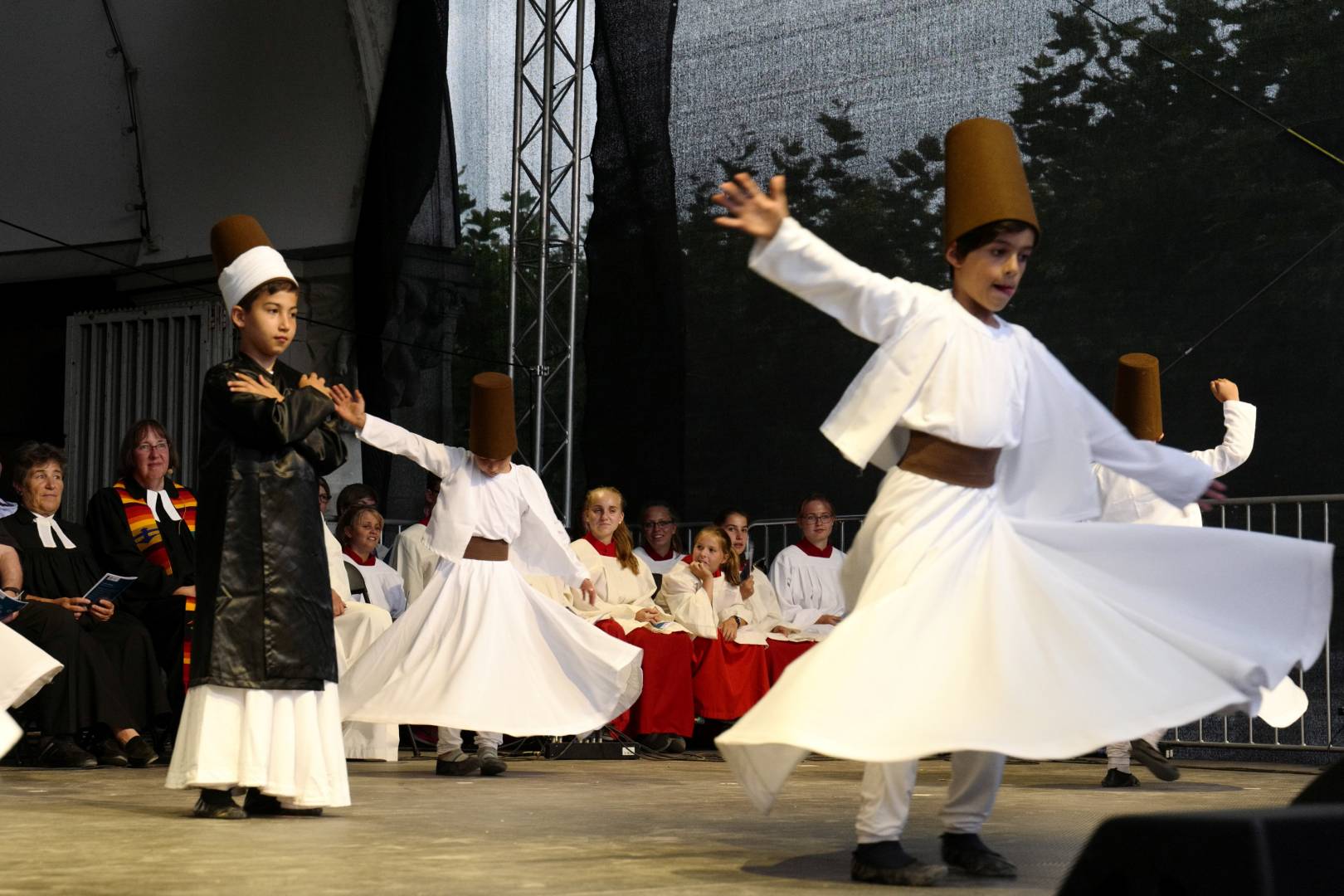
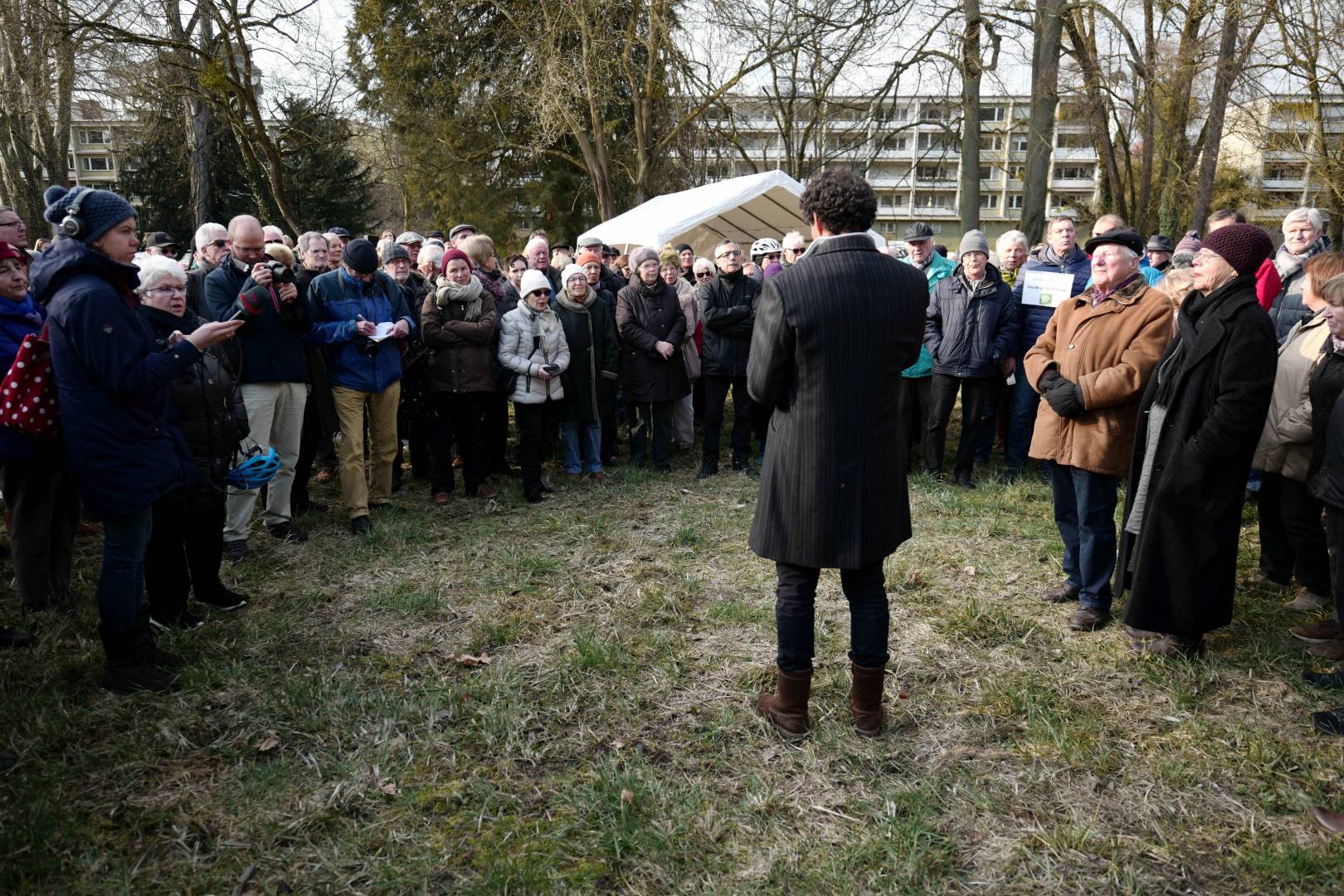
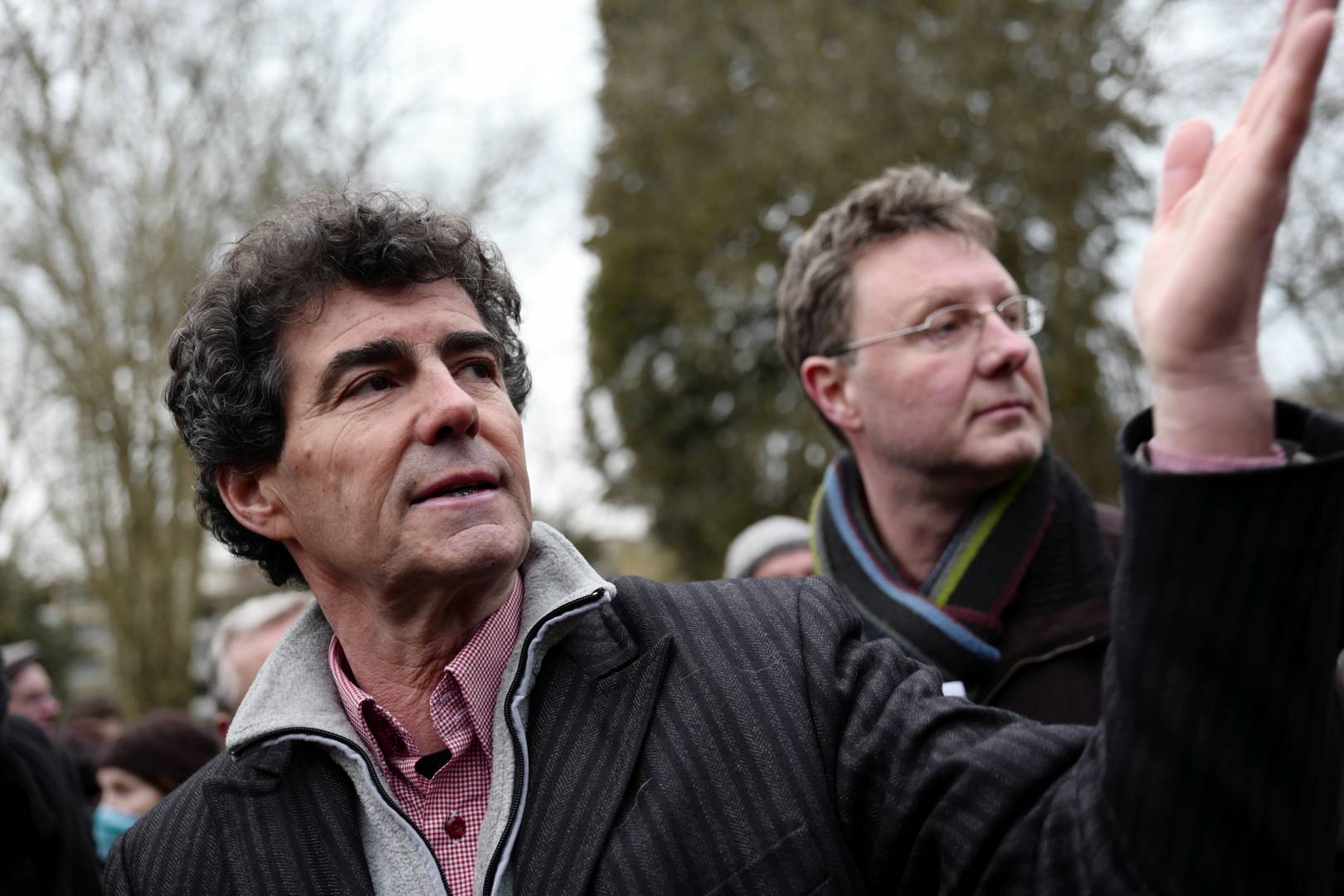
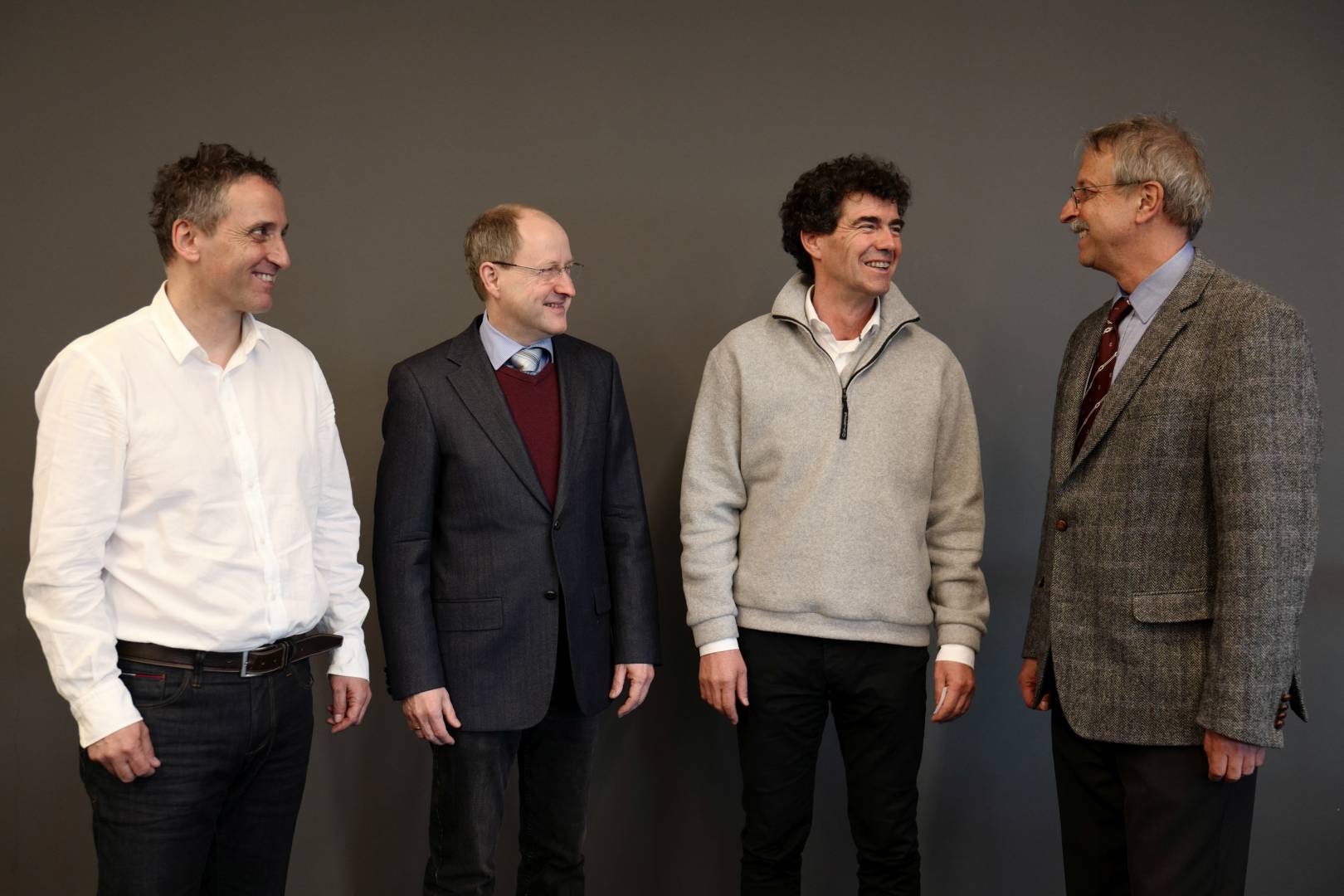
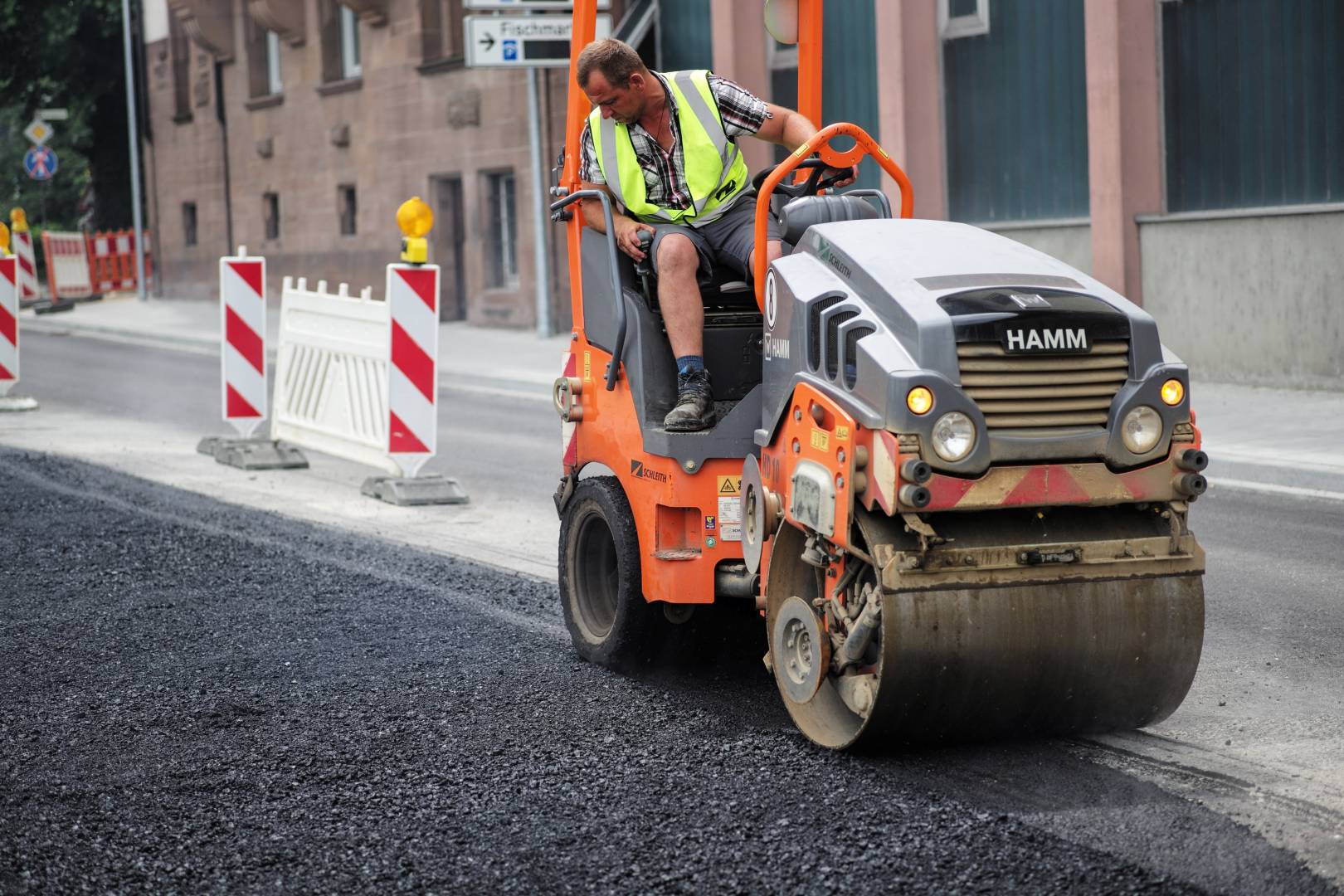
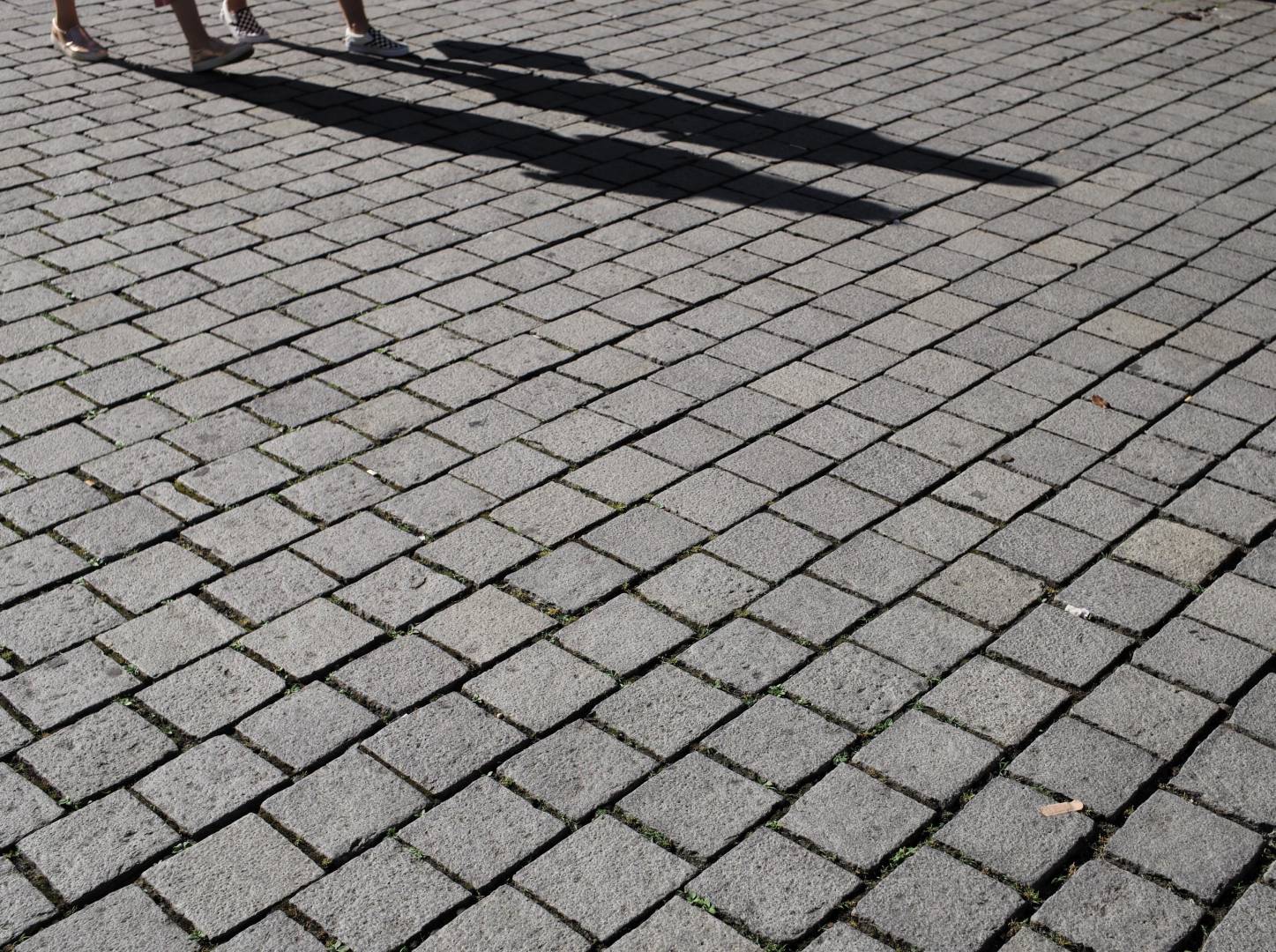
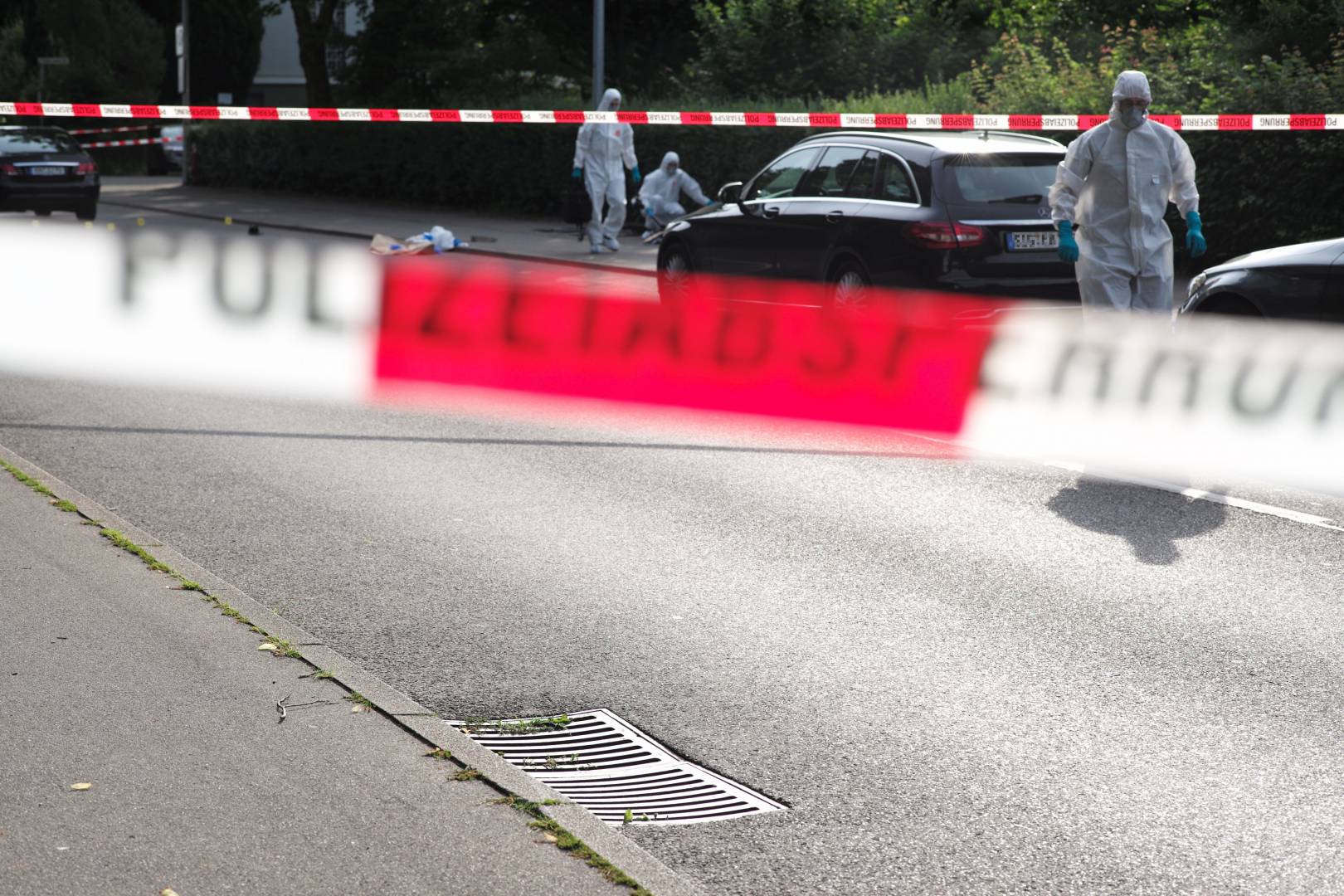
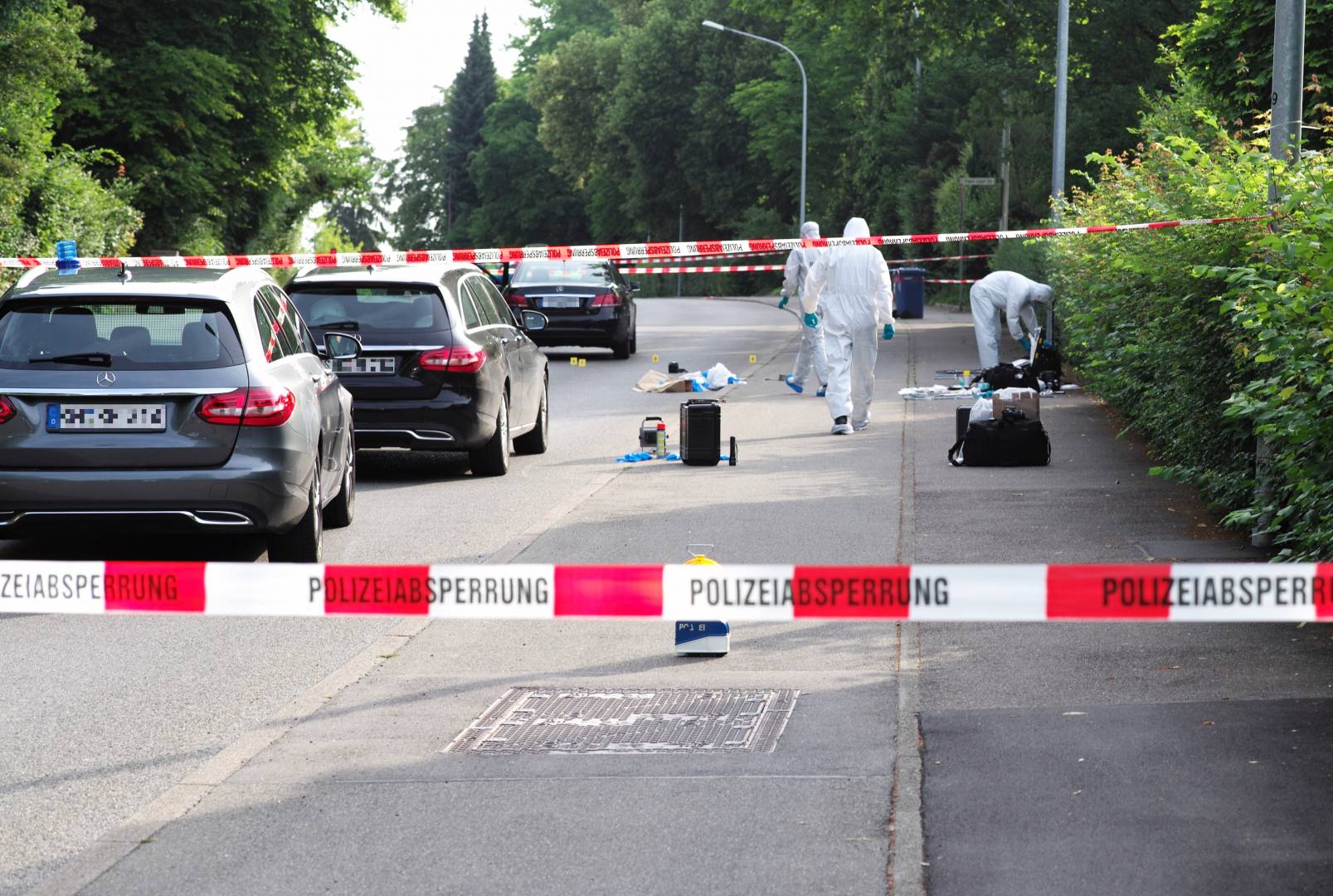
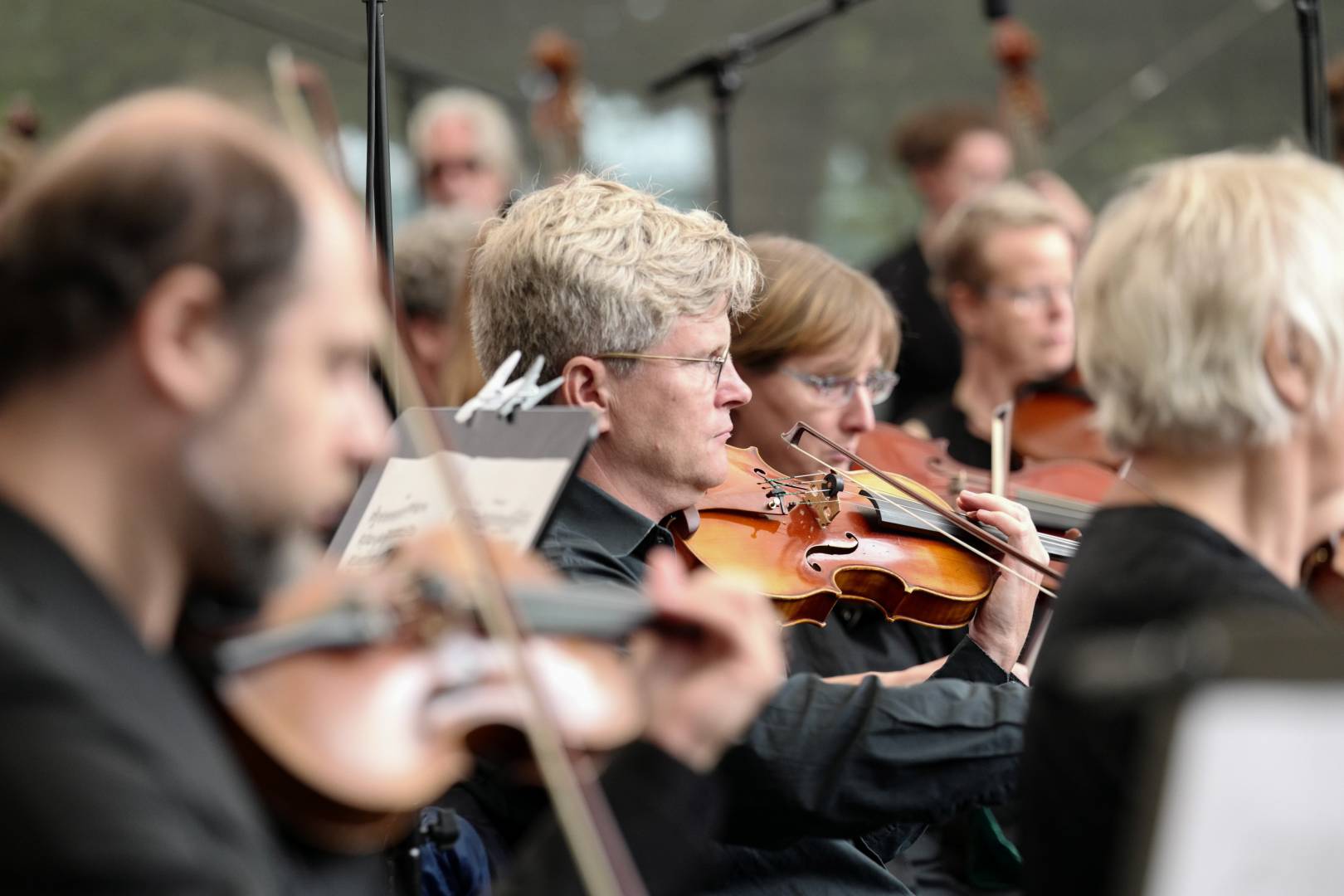
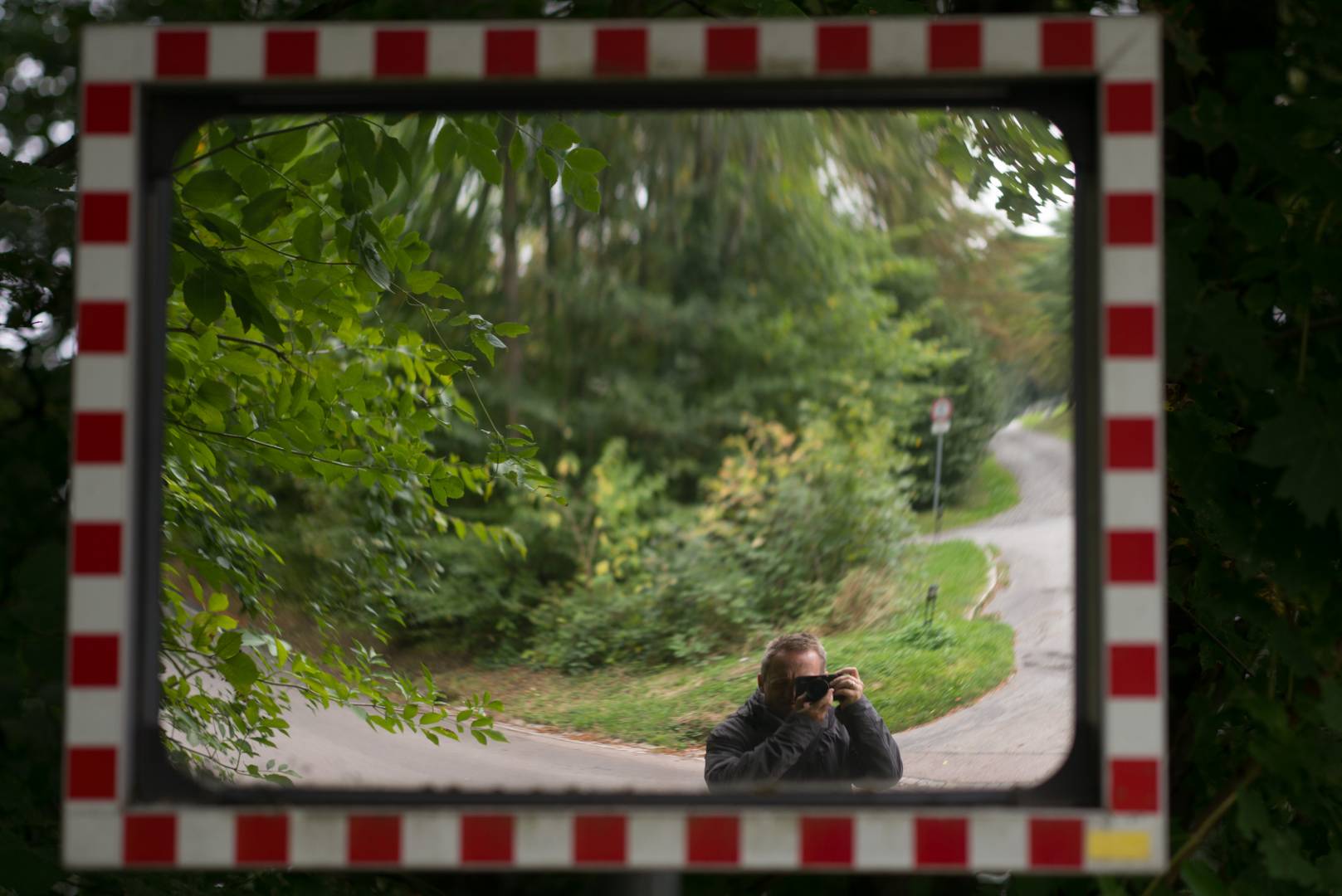
I loved your comment concerning people looking at the working users of a Leica rangefinder with pity as well as admiration. I once had someone ask me, in a not very straight-forward manner, if I was using my old camera (in fact it was an M240) because I could not afford a newer, modern camera!
Keep up the good work!
Dear Wilbur Norman, thank you very much for your kind feedback. I know exactly what you mean but I found out that a certain understatement with such an “unmodern” camera can be quite helpful… All the best, JP
A wonderful article about everyday lives. Down here local photographers tend to use canikon cameras but they are far from discreet. I truly enjoyed the 35mm sumarit images. Thanks for sharing
Dear Jean Perenet, nevermind the caninkons, they are tools just je way our own gear is. I can understand all pros using the big brands and be it only based on their execellent pro service. And: Discretion may be desirable in journalism, but it is often simply not possible. I, too, frequently have to stand up for the fact that I can simply do my job.
As to the 35 Summarit: It is really excellent, by far the best lens out of the Summarit range in my experience. The 75 ist great, too, while the 90 and the 50 seem to be behind. I almost prefer the 35 Summarit to the summicron, mainly because of the really nice screw-on hood.
For someone like me (as far from photo-journalism as you can get!) you really conveyed a sense of that world. As for the photos I particularly liked the cobblestones (and the comment), the road works, and the Bodensee hinterland, while the Romanesque church interior is one of the most beautiful interior shots I have ever seen. I also appreciate that you give us the lens and aperture details – valuable learning here, not least for a zoomer like me! So many thanks.
John Nicolson, you’re welcome. I am happy to share this with you. Hopefully, there will be more opportunities in the future. Perhaps you want to read my answer to Wayne Gerlach’s comment.
f.duchamp, this is a very nice legacy. Thanks for sharing this! My suggestion: Use the M4 to capture your everyday life. The former owner would certainly love this, and you will have a lot of fun. The M4 is in my eyes the most underrated M model.
Je ne suis pas correspondant de presse mais j’ai eu la chance de pouvoir acheter le M4 noir du photojournaliste de la Nouvelle République du Centre, journal papier régional du Centre de la France.
Il me l’avait vendu lors de son départ en retraite; A chaque fois que je fais des photos avec, je repense au fait que j’ai un appareil de photojournaliste en main !
(Google translate – editor)
I am not a press correspondent, but I was fortunate enough to be able to buy the black M4 from the photojournalist of the Nouvelle République du Center, a regional newspaper in the centre of France.
He sold it to me when he retired; Whenever I take photos with it, I think about the fact that I have a photojournalist camera in hand!
Well done with both your photography and journalism. Your write up and the images to illustrate provides an insight into your world. Enjoyable to read.
Hello Wayne, you can consider it a small world, but believe me, it is a whole world. I love the role in which I can picture and shape it at the same time. And I hope that there will always be audiences for ths contribution to our communities. A world without journalism would be a world full of opinions and deprived of information; and a world of hyper-individualization in echo chambers that has no common ground to start from together.
I just love stories like this- so genuine!
Thanks for the read!
Thank you – I also love it to read about how photographers work. From my point of view at least as interesting as all these stories about fancy cameras and lenses. Give that, I thought I could make a small contribution to Macfilos…
Thank you for this story, you can tell you really love your work, and work your loves, the cameras. Another Leica photographer / reporter that comes to mind is a female, Sarah Lee, think it is or was The Guardian was where she worked. She started with the ME now M10. Seems that LEICA photographers have a lot of fun while working.
Hi John, thank you for your feedback. I think you have to love your job in order to be successful in it. As to Sarah Lee, I never came across her, but I will try to find out something about her work.